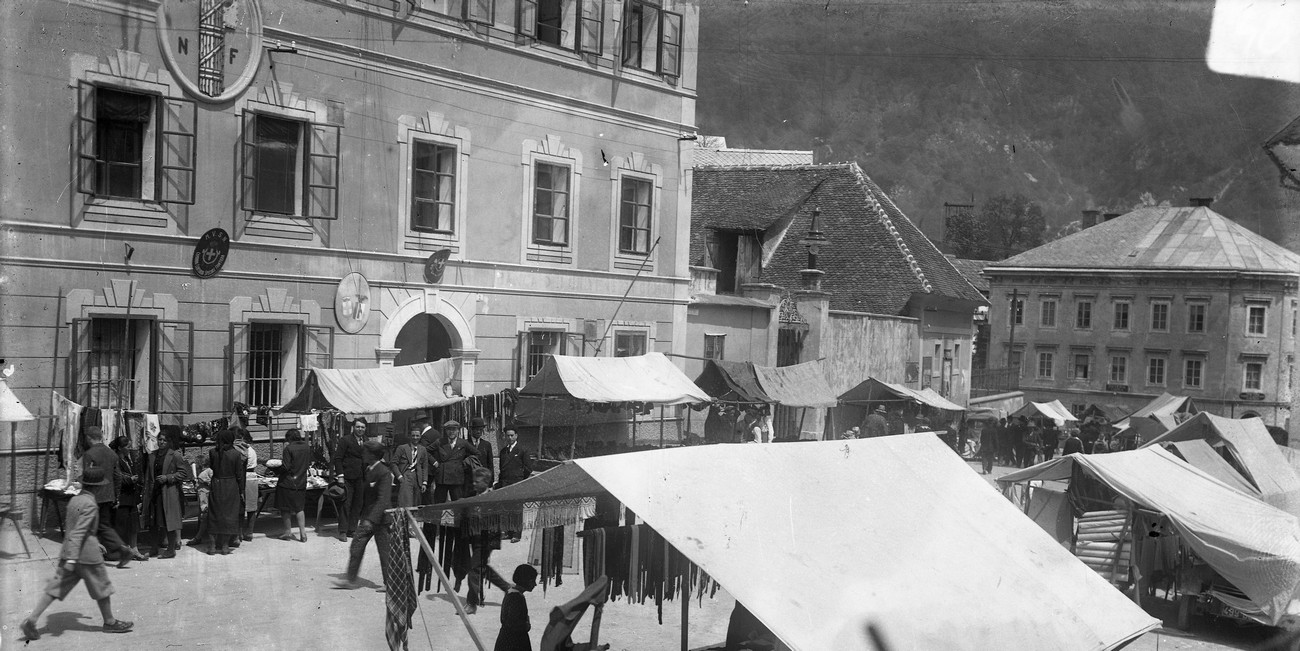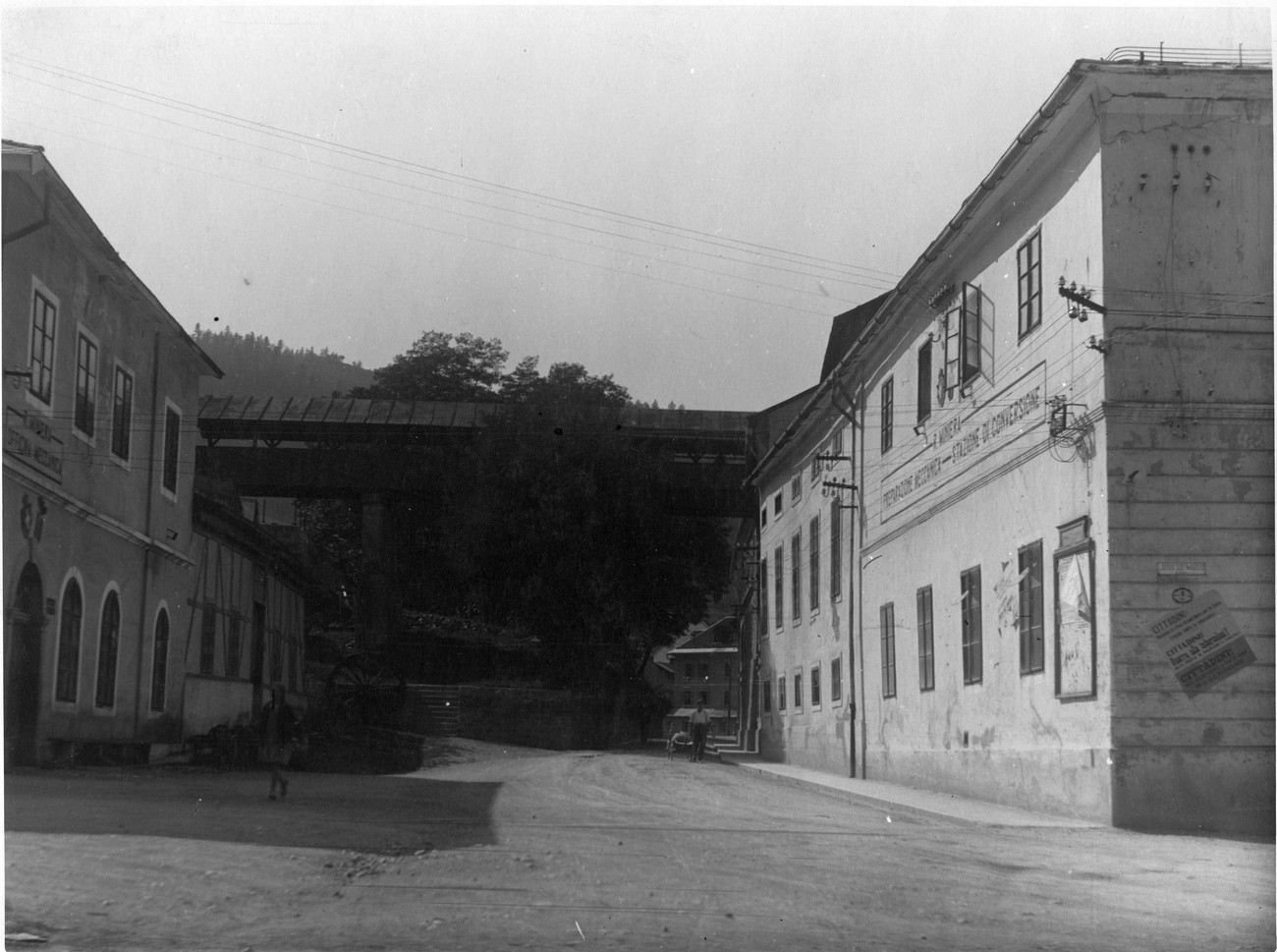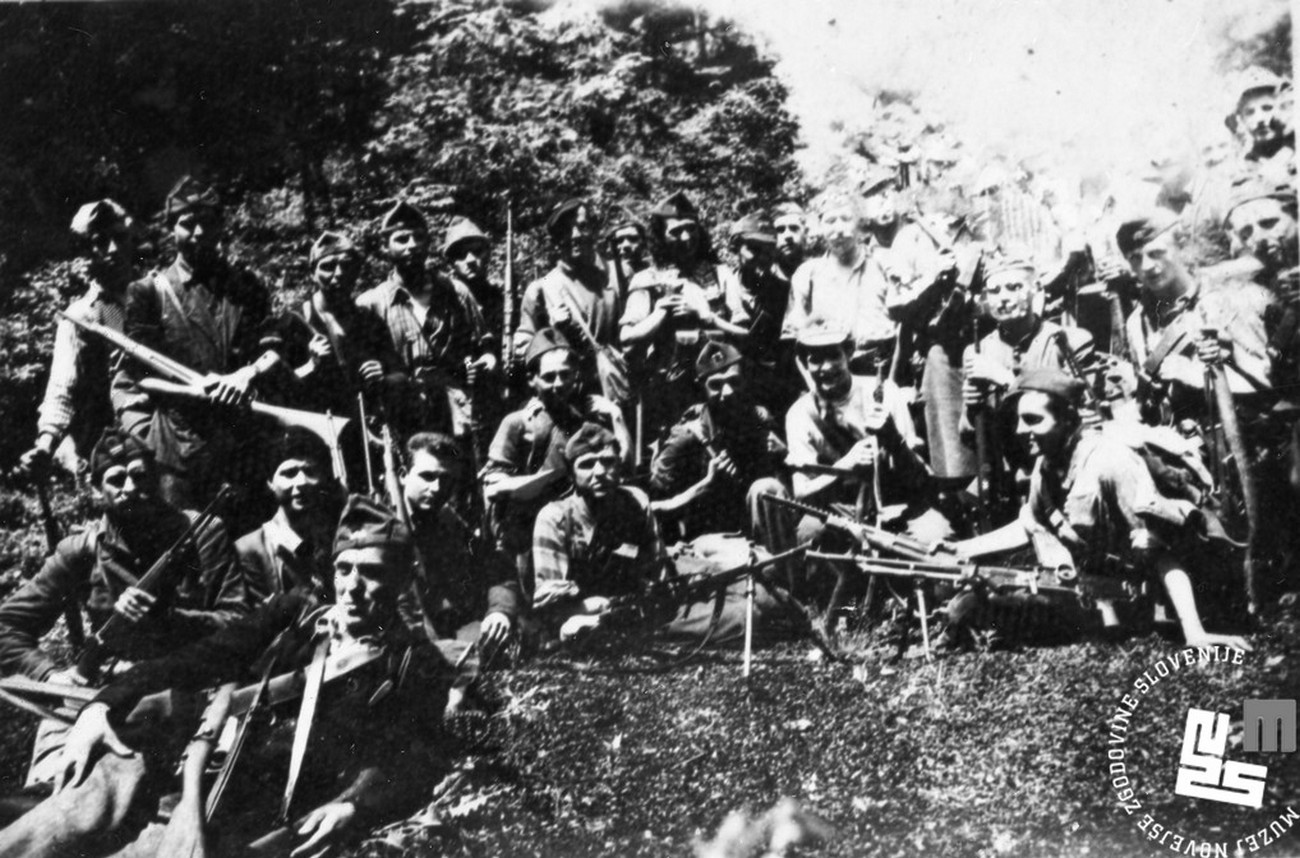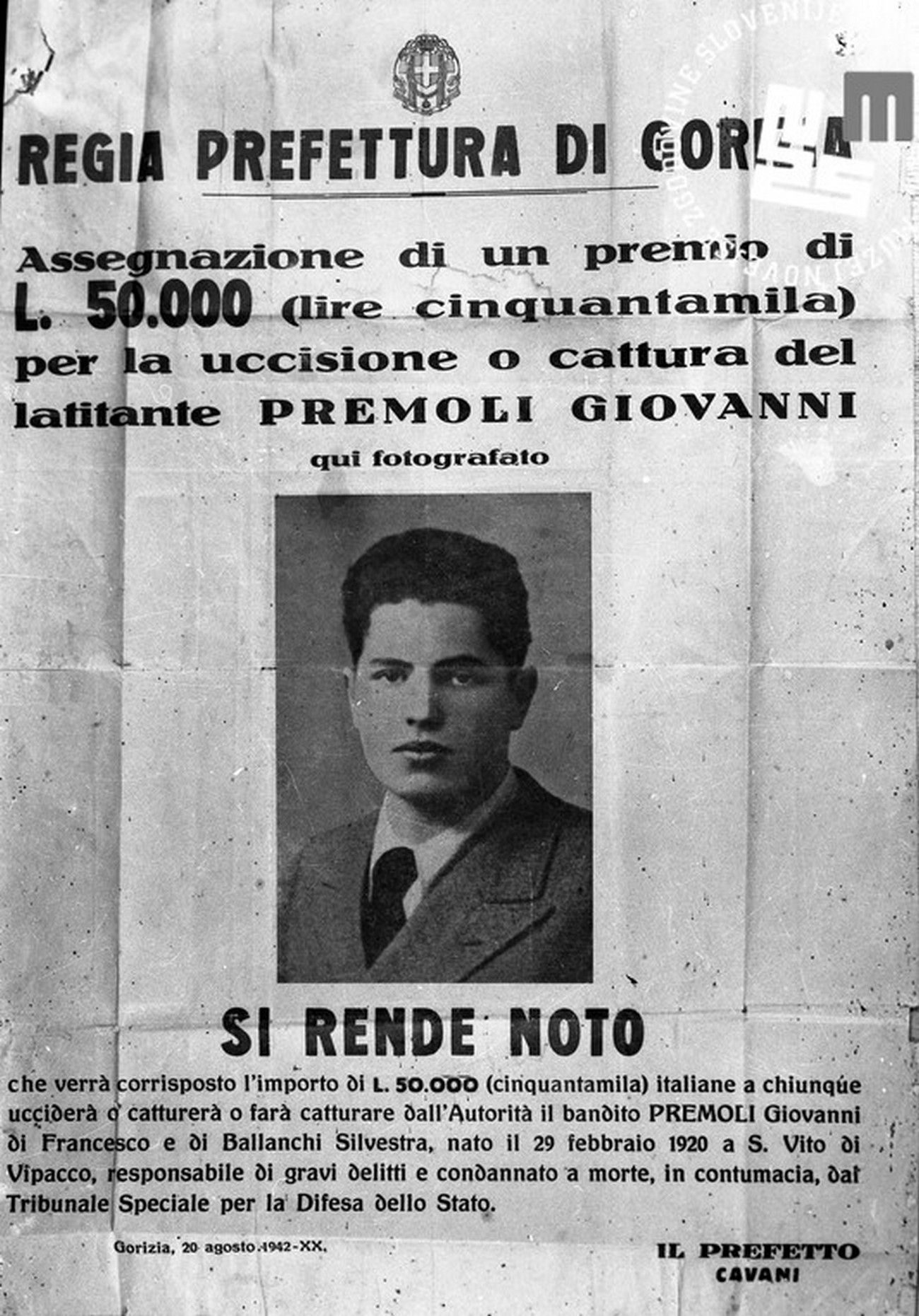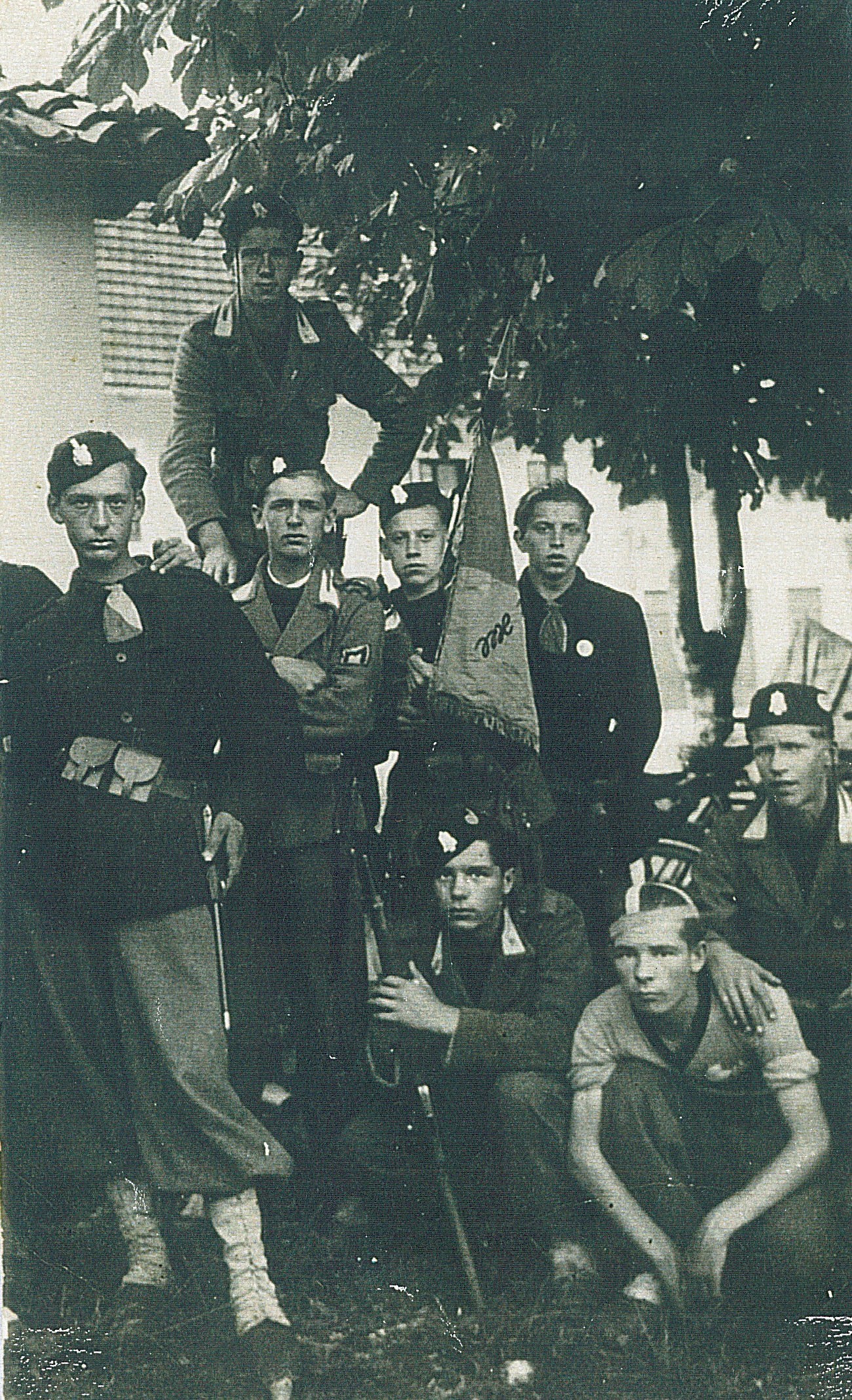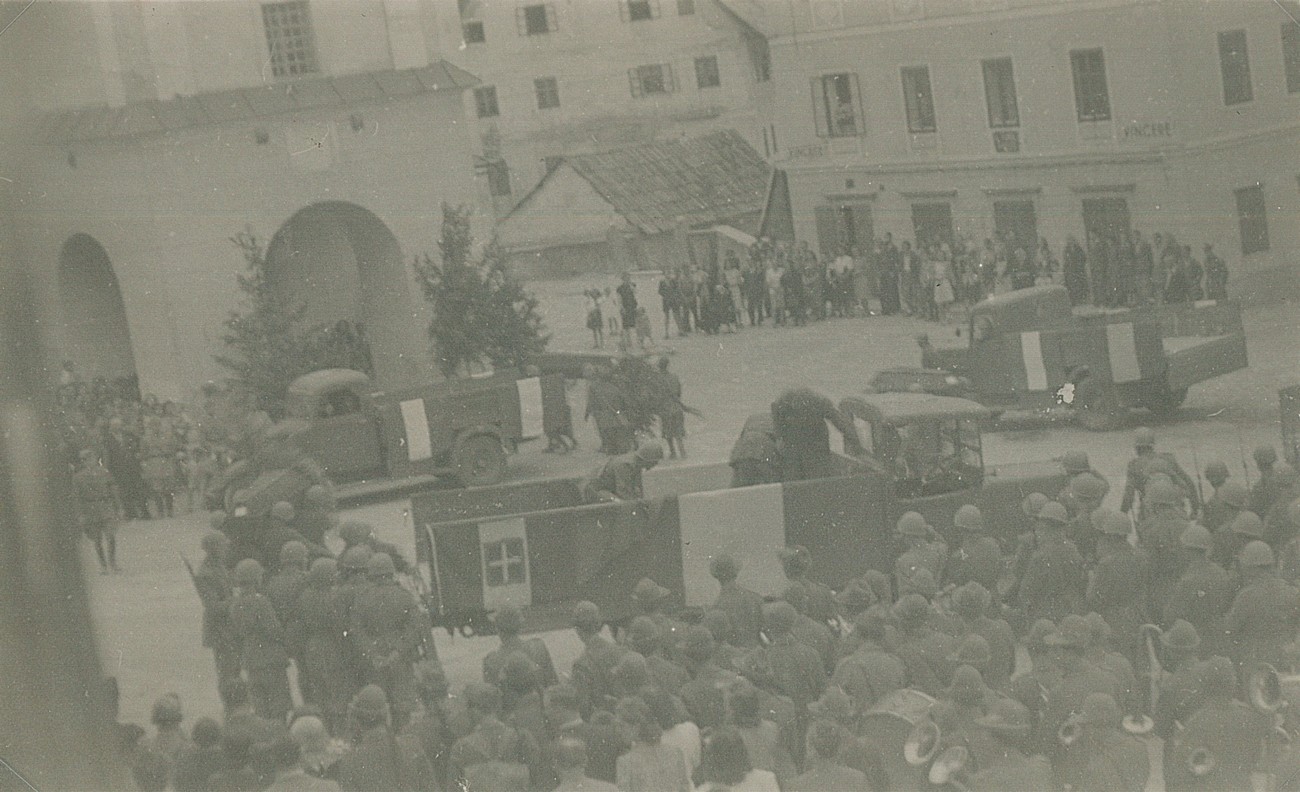At the beginning of the World War II, Idrija was a town on Kingdom of Italy’s eastern border. Italian military units had already occupied the town in November of 1918, but it was not until the signing of the Treaty of Rapallo two years later that Idrija and its surrounding area was officially made part of the Italian state. From 1927 onwards, Idrija was part of the Province of Gorizia. With the incorporation of Spodnja Idrija, Vojsko, Čekovnik, Dole, and Ledine into the town in 1928, Idrija became the centre of the extended Municipality, which at the time bordered the Kingdom of Serbs, Croats and Slovenes (SCS, which later became Yugoslavia), and later, after April of 1941, bordered the German-occupied area.
The pressures of denationalization
After the establishment of the Fascist rule in Italy, the population was substentianally subjected to denationalization. From 1924 onwards, the Municipality was run by Italian commissioners instead of Slovenian mayors. Political pluralism had vanished in the Fascist dictatorship. The Italian authorities also disbanded most of the societies and introduced membership in fascist organisations as a substitute. The use of the Slovenian language in public areas was prohibited and the Slovenian education system was disbanded. In a terrible blow, the Slovenian secondary school in Idrija was abolished in 1926, which was followed by the introduction of the Italian language in primary schools. Before and during the World War II, in their efforts to neutralise unreliable individuals, the authoroties drafted them into special (labour) battalions of the Italian military with an increasing frequency. Many nationally conscious individuals migrated to Yugoslavia. All the way up until Italy’s capitulation in September of 1943 (and in some cases even longer), the western part of the Slovenian ethnic territory seemed to be completely Italianised. The external image was shaped by Italian public signs and Italianised names of cities and streets. Slovenian personal names were also subjected to Italianisation by means of extortion.
Firmly in Italian hands
Up until 1943, Idrija was used as headquarters of various border security services. This was where the commanding offices for the units of the Royal Financial Guard belonging to the 6th legion of Trieste were set up, with subordinate units in areas of Cerkno, Idrija and Godovič. The company of a hundred militia men in Idrija covering an area between Cerkno and Hotedršica, was subordinated to the cohort of the Fascist border militia in Tolmin. Along with the commanding offices of the company of Royal Carabinieri, the office of the border police was also located in Idrija. In March 1942, a mobile unit of Public Security number 1 was established. Its task was to persecute politically unreliable individuals.
